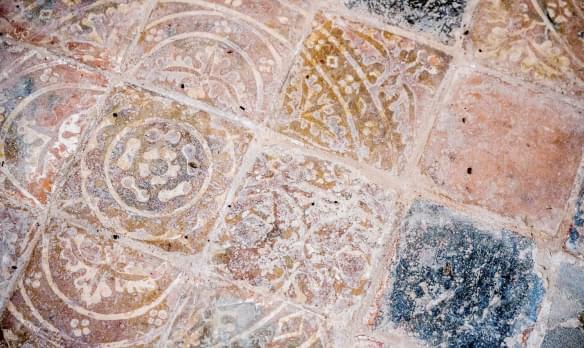
St John the Evangelist
Withycombe Raleigh, Devon | EX8 3AE
We have supported this church
Search for a fascinating place to visit, or see the variety of churches, chapels and meeting houses we have supported.

Withycombe Raleigh, Devon | EX8 3AE
We have supported this church

Canterbury, Kent | CT2 8LS
St Dunstan's church in Canterbury is a place of worship and pilgrimage which has been welcoming visitors and pilgrims from around the world for more than 800 years.
We have supported this church

Godmersham, Kent | CT4 7DS
First mentioned in 1037 by Archbishop Aethelnoth and containing what is debatably the earliest image of St Thomas Becket this fine Norman/Saxon church with Butterfield updates is one of the five Jane Austen churches and sits picturesquely next to the River Stour.

High Halden, Kent | TN26 3JB
The church probably dates back to the 12th century and the two especially interesting architectural features are the tower and south porch.
We have supported this church
Boughton Aluph, Kent | TN25 4EU
A medieval church on the Pilgrim's Way.
We have supported this church

Iford, Sussex | BN7 3EN
Built in 1090 Iford church is a precious survival from just after the Norman Conquest.

Exmouth, Devon | EX8 1PL
The church was founded in 1777 by by Willielma Maxwell, Viscountess Glenorchy, Lady Glenorchy, as an Independent Church.

Canterbury, Kent | CT1 2EH
You can't come to Canterbury without visiting the world famous cathedral, site of the shrine of Thomas Becket and the seat of the Archbishop.

Nackington, Kent | CT4 7AF
We have supported this church

Canterbury, Kent | CT1 1PA
All Saints is a Grade II listed building built in 1844.

Brightling, Sussex | TN32 5HH
St Thomas a Becket church is mentioned in the Domesday Book and dates from the 12th century which leads many to believe that the church was probably redecated to Thomas a Beckett at a later date.

Longport, Kent | CT1 1PF
This great abbey, marking the rebirth of Christianity in southern England, was founded shortly after AD597 by St Augustine.